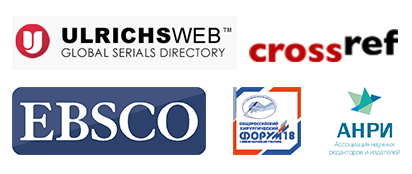Potential Health Risks of Heavy Metal Contents in Bottled Water from Local Iraqi Market
College of Education - Shaqlawa, Salahaddin University - Erbil, Iraq
College of Agriculture and forestry, University of mosul, Iraq
College of Agriculture and forestry, University of mosul, Iraq
Abstract
The aim of this study is to evaluate the heavy metal (Pb, Zn, Fe,Co,Mn,Cd,Cr) content and potential health risks of some bottled water brands in the local Iraqi market in comparison with Iraqi and international standards. The results showed that the pH and TDS levels were 7.09–8.25 and 39.1–294.99 ppm, respectively. All samples were identical to the specifications, except for lead and chromium. The concentration of lead was 0.01, 0.015, 0.013, and 0.01 ppm in the samples 1, 3, 4, and 8, respectively, while the concentration of chromium (0.108 ppm) was in the imported sample 11, which did not conform to the Iraqi specifications, WHO, and IBWA. The values of CDIPb oral and HQPb were somewhat high in sample 1, especially for the infant group, as they were 0.00712 and 0.50881, respectively. The values of HQCr were greater than 1 for most age groups in sample 11, as they ranged between 0.89479 and 2.374447. It was more dangerous in the infant and 6–11 age groups, as well as in sample 4. It was more than the permissible limit. Increasing the value of heavy elements is dangerous to consumer health. Therefore, water bottling companies are advised to conduct tests, monitor heavy elements, and treat them by physical or chemical methods, including the use of carbon filters.
Partners
